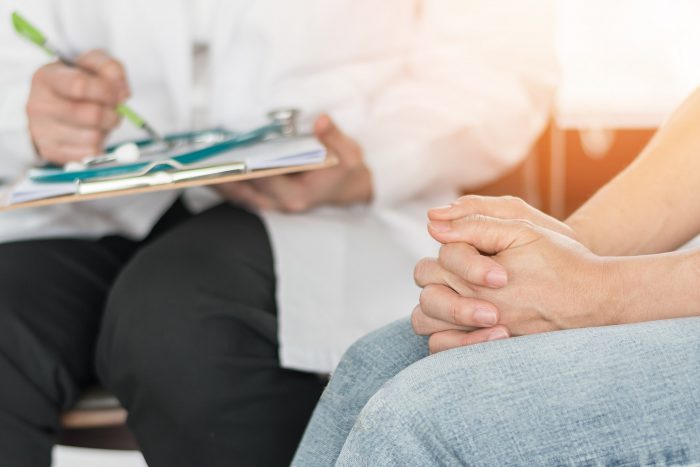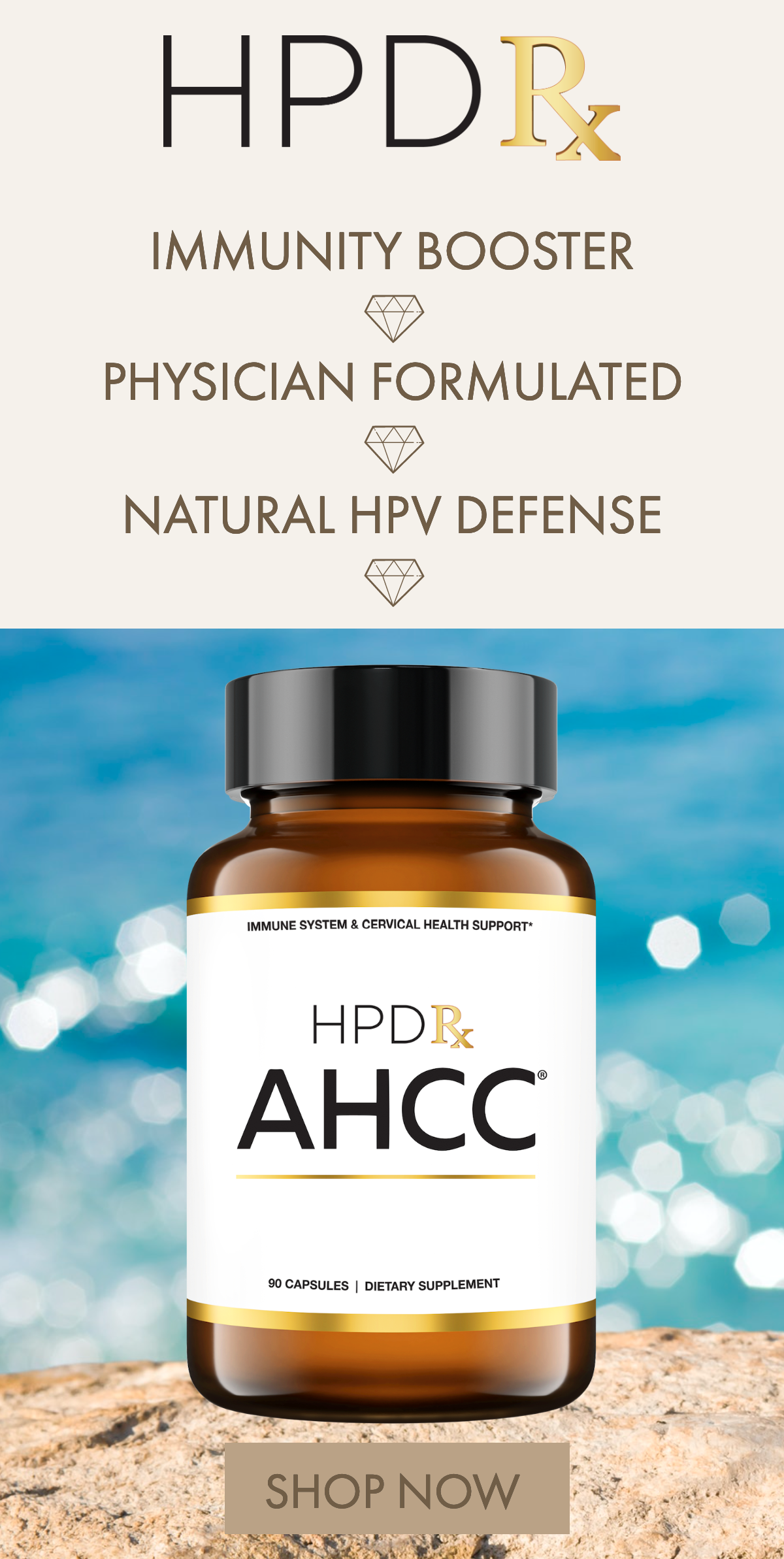
Sexually transmitted diseases and infections cause people to suffer health problems and symptoms. According to the CDC, the human papillomavirus (HPV) gets transmitted more than any other sexually transmitted infection worldwide. The United States alone has roughly 79 million HPV-infected people and a rate of 14 million new HPV infections annually.
Based on these estimates, around 80% of sexually active adults will contract HPV at least once in their lifetime. But do all of these people experience symptoms? The answer is no, which is why most HPV-infected people never realize they have an infection.
An Overview of HPV
HPV can infect any body part. It is known as a sexually transmitted infection, but it does not require sexual intercourse for virus transmission to occur. All you need to do is intimate skin-to-skin contact with the infected body part of a person, and then the virus will be transmitted.
The typical body parts and areas where an HPV infection can be transmitted include the genitals, throat, and mouth. For instance, if you were to engage in oral sex with a genital infection, the virus would likely transmit into your mouth. Then anyone touching your mouth through sex or other means could contract the virus too. That is why HPV could even infect a person’s hands and feet.
There are around 40 HPV types known to target the genital region of men and women. HPV can affect the cervix, penis, vagina, vulva, scrotum, anus, and rectum. So, they can infect pretty much any part where contact is made.
Common HPV Symptoms
There are low-risk HPV types and high-risk HPV types. The worst symptom of a low-risk HPV type would be genital wart growths on your skin. They are usually harmless raised bumps on the skin surface that look rather unpleasant.
Here are the different kinds of warts explained:
Common Warts
Raised bumps commonly form on fingers and hands. Most people mistake common warts for callouses.
Plantar Warts
Plantar warts usually form on the balls or heels of the feet. Even though most people won’t notice them, walking can still get pretty painful while these hard warts are underneath your feet.
Flat Warts
Flat warts form in many different places on the body. For example, women usually get flat warts on their legs, while children and men get them on their faces. Flat warts are easy to spot because they appear as slightly raised, flat-topped growths on the skin’s surface.
Genital Warts
HPV can cause all the other warts to form. However, the number one type of warts associated with an HPV infection is genital warts. You can actually get genital warts from most HPV types and strains, but they are commonly associated with HPV Type 11 and HPV Type 6. The genital warts typically appear on the vulva, penis, vagina, cervix, anus, or scrotum. You will recognize them when you see them because they look like cauliflower.
Don’t freak out if you see wart growths on your body because they are mostly harmless. The only thing you will feel is slight itchiness from the affected area. Other than that, you shouldn’t have any problems with warts as long as you don’t irritate them by picking at them. Irritating warts could cause them to bleed or spread bacteria to another person, especially to a sexual partner.
The Dangers of High-Risk HPV Infections
High-risk HPV types are labeled as “high risk” because they have a higher chance of causing cancer. A person infected with a high-risk HPV type will develop abnormal cellular growths in the infected area, such as the cervix. In fact, high-risk HPV strains are the number one reason that women get cervical cancer.
Approximately 70% of cervical cancer diagnoses are attributed to HPV infections involving HPV Type 16 or HPV Type 18. However, a person infected with one of these high-risk HPV types could develop cancer in other areas, such as the anus, penis, throat, and vulva.
The good news is that high-risk HPV infections don’t always cause cancer or symptoms. Actually, many high-risk HPV-infected people are able to recover from their infections without ever experiencing any symptoms. A healthy immune system is believed to be the primary reason why many people recover.
Unfortunately, people with weaker immune systems are more prone to suffer long-term health consequences from their high-risk HPV infections, the worst consequence being cancer. In addition, your lifestyle habits can increase an HPV infection’s likelihood of turning into cancer. These habits may include poor diet, tobacco usage, and lack of exercise.
A high-risk HPV-infected person may not develop cancer for many years. However, an HPV-infected person with a standard immune system could still get cervical cancer after about 20 years. It all depends on when the abnormal cell changes occur and how fast they spread.
For this reason, you should get tested regularly and seek treatment from a doctor as soon as cellular abnormalities are detected. Then you’ll have a better chance of stopping cancer before it starts.
Do You Always Experience Symptoms from an HPV Infection?
The majority of HPV infections do not cause symptoms or cancer. Most HPV-infected people never know they have the infection because they never have a reason to visit the doctor due to a lack of symptoms. If the immune system is strong, it can eliminate the virus before any symptoms can develop.
If you or your sexual partner do not know they have an HPV infection, one of you could unknowingly spread the virus to the other. Then, if one of you has a weak immune system, it could cause significant health challenges going forward. That is why getting tested is essential, especially when sexually active. If you can detect the virus early, you can stop it from growing into something worse like cancer.
Preventative HPV Techniques and Treatments
HPV infections have no cure other than maybe your immune system if it is strong enough. But if you start seeing warts grow on your genitals or any other body part, you’ll know it’s time to contact your primary care physician immediately. They can prescribe you a topical medication to slow the wart growth or recommend a surgical procedure to cut off warts from your skin.
Doctors recommend women get pap smears and an HPV test after age 30 because they can check for abnormal cellular activity in the cervix. If these abnormalities are detected, your doctor can recommend various treatment options to slow or stop abnormal cellular growth before cancer forms.
Of course, the HPV vaccine “Gardasil 9” is the best way to stop an HPV infection before it starts. Health experts recommend people between 10 and 45 get the vaccine before becoming sexually active. The vaccine protects against HPV strains that cause genital warts and cancer.
Safe sex is another way to prevent HPV transmissions. The simple use of a condom can significantly reduce the likelihood of transmitting HPV and other sexually transmitted infections and diseases. Remember that condoms don’t offer 100% protection but have a high success rate.
The other recommendation doctors make is to build a strong immune system to fight off any potential infections your body encounters. This starts with a healthy diet, regular exercise, plenty of sleep, and supplementation which includes Foilic Acid (which can also be found in foods such as avocados, lentils, spinach, oranges, and soybeans) and the AHCC which is the only clinically tested ingredient (derived from Shiitake mushrooms) proven to support fighting high risk HPV infection.







